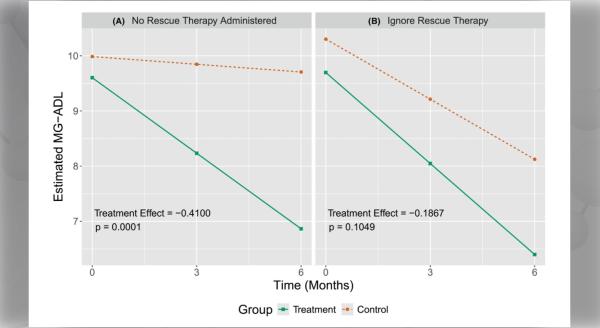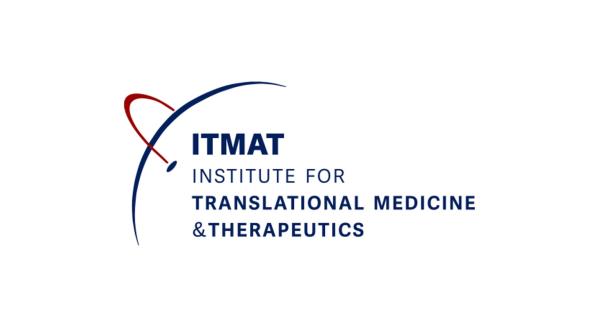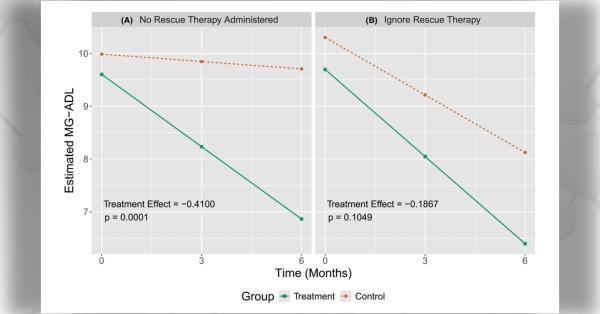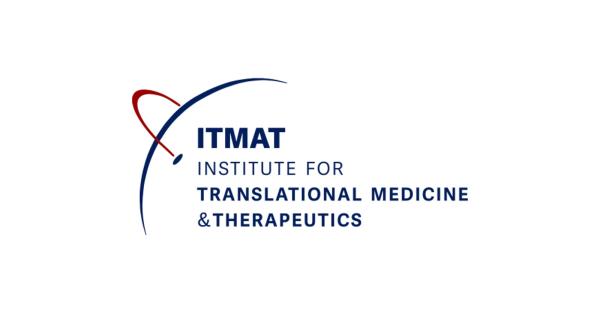The National Center for Advancing Translational Sciences (NCATS) at NIH is keenly interested in seeing more research studying rare diseases in which efforts and expertise are pooled across research groups and diseases to identify commonalities and shared targetable mechanisms. The intention is that such collaboration will increase efficiency and capacity in the development of new therapies compared to traditional approaches that focus within a single disease.
In 2016, the Rare Diseases Clinical Research Network (RDCRN) Program’s Nephrotic Syndrome Study Network (NEPTUNE), the RDCRN Vasculitis Clinical Research Consortium (VCRC), the European Renal cDNA Bank (ERCB), and the RDCRN Data Management and Coordinating Center (DMCC) initiated a project to investigate shared molecular targets between ANCA-associated vasculitis (AAV) and nephrotic syndrome (NS). Progression of both AAV and NS can result in chronic kidney complications and end-stage kidney failure. Initial work in the Kretzler laboratory using a systems genetics approach had identified common mechanisms activated among a majority of rare glomerular diseases that may, in turn, be leveraged for drug repurposing and novel therapeutic intervention (Martini et al, 2014). The joint RDCRN Consortia project aimed to determine if AAV also shared those molecular mechanisms.
The joint RDCRN Consortia project draws on clinical, translational, and bioinformatic expertise in NEPTUNE and VCRC, and DMCC expertise in statistics and data management. The project is centrally managed from the RDCRN DMCC, and relies on small working groups comprised of members from these consortia to plan analytic approaches and evaluate outcomes.
NEPTUNE, VCRC, and ERCB provide biopsy samples from research subjects for gene expression analysis and their associated clinical and genomic data. The project further capitalizes on the bioinformatics pipelines and specific analytic expertise established by the Kretzler laboratory at the University of Michigan (NEPTUNE), the University of Pennsylvania (VCRC), and the University of South Florida (DMCC).
Emerging from the efforts to date are several shared molecular targets across these rare diseases of diverse etiologies and additional pathways featuring both shared and unique mechanisms. Specifically, inflammatory pathways including tumor necrosis factor (TNF) and Janus kinase signal transducer and activator of transcription (JAK-STAT) signaling emerged, which previously showed utility in other therapeutic areas, such as arthritis. Identification of these jointly activated signaling pathways may speed the processes to market for effective and approved treatments for these rare diseases.
Inflammatory pathways relating to TNF and STAT activation were found both in patients with NS and patients with AAV. Gene expression signatures of TNF and STAT activation were developed and patient-level scores for TNF and STAT activation were generated. Because intra-renal inflammation and progression of kidney disease are linked, we hypothesized that TNF and STAT activation scores would be associated with biomarkers related to disease progression. Recently, urinary epidermal growth factor (uEGF) was identified as a noninvasive biomarker with levels that predict renal tissue inflammation, damage, and disease progression (Ju et al, 2015). In the NEPTUNE cohort, uEGF was found to be inversely correlated with intra-renal TNF and STAT activation. Urine samples from patients with AAV who are followed in the VCRC Longitudinal Study are currently being assessed for the association of uEGF levels with the inflammatory disease state. The intra-renal STAT activation score was also found to be elevated in some patients in the NEPTUNE cohort with minimal tissue damage, suggesting that inflammatory pathway activation may precede fibrosis. Therefore, patients may benefit from early therapeutic intervention using available anti-inflammatory agents that already target these pathways.
Our collaborative group has also identified additional biomarkers downstream of TNF and STAT activation, and is measuring these biomarkers in the urine of patients with NS and patients with AAV with the hopes of developing clinically-relevant diagnostics useful to stratify patients according to their tissue-level inflammatory activation state for targeted intervention. The collaboration aims to build a scalable approach and pipeline applicable to other rare diseases, enabling target identification that can lead to drug repurposing in patients with rare diseases to address unmet need.
By conducting these two projects, with others in various stages of planning and implementation, the RDCRN’s NEPTUNE-VCRC-DMCC team is fulfilling its goal of examining cross-cutting mechanisms of disease to better understand the underlying pathophysiologies of these rare diseases, and then using the knowledge gained to advance novel approaches to treatment through either drug repurposing or use of new agents.
The Nephrotic Syndrome Study Network (NEPTUNE) is a collaborative investigational infrastructure of 23 sites across North America that conducts clinical and translational research on a group of rare kidney diseases presenting as Nephrotic Syndrome (NS), specifically on Focal and Segmental Glomerular Sclerosis (FSGS), Minimal Change Disease (MCD), and Membranous Nephropathy (MN). Now in its 8th year, NEPTUNE continues to recruit and follow two cohorts: 1) adults and children with NS recruited at the time of first biopsy; and 2) children with NS recruited at first presentation before diagnostic kidney biopsy. Study participants for both cohorts provide biosamples and clinical data at 4-6 month intervals for a minimum 36 months of follow-up. Study participants in the non-biopsy cohort additionally receive daily text messages for the first 90 days that they are in the study, and then weekly text messages for the first year. Participants are asked about proteinuria, edema, potential triggers, as well as time missed from school or work due to NS to capture the dynamic nature of the disease process. Data resources further encompass standardized digital histopathology scoring, morphometry, cytokine and chemokine panel in blood and urine, gene expression profiles, whole genome sequencing, exome chip genotyping, and APOL1 genotyping.
The Vasculitis Clinical Research Consortium (VCRC) is an international research infrastructure studying the range of rare diseases classified as vasculitis. The work of the VCRC includes cohort studies, a biorepository, a biomarker development program, genomics studies, interventional clinical trials, pilot studies, outcome measures development and validation, an online research network, and a post-doctoral training program. The various VCRC projects involve from 8 to >100 sites. Of direct relevance to this project are the VCRC Longitudinal Studies in granulomatosis with polyangiitis (Wegener's), microscopic polyangiitis, and eosinophilic granulomatosis with polyangiitis (Churg-Strauss), the three forms of ANCA-associated vasculitis. The VCRC Longitudinal Studies have enrolled >1000 patients who have comprehensive clinical data collected quarterly or annually, depending on disease activity, all linked to serum, plasma, urine, DNA, and tissue specimens. These samples are used for studies involving circulating biomarkers, genomics, gene expression, and other techniques.








